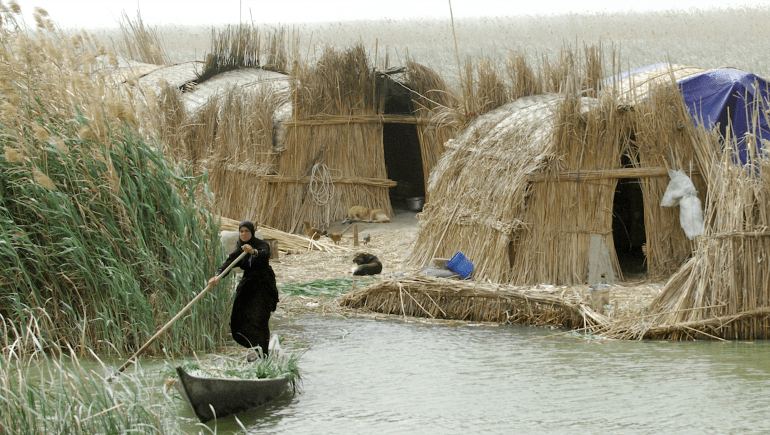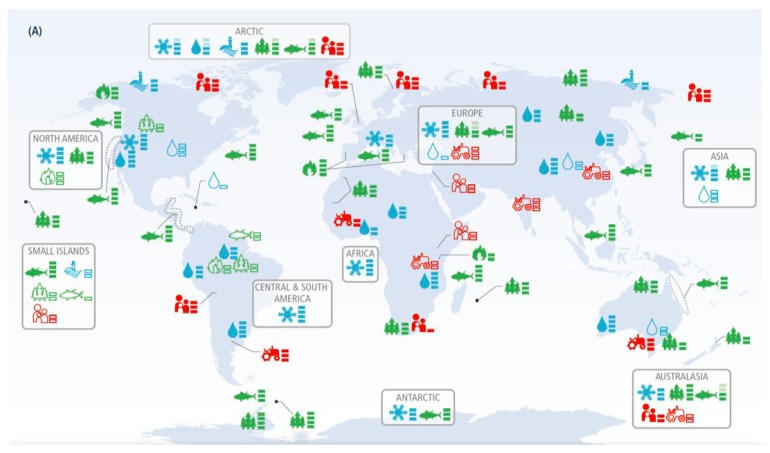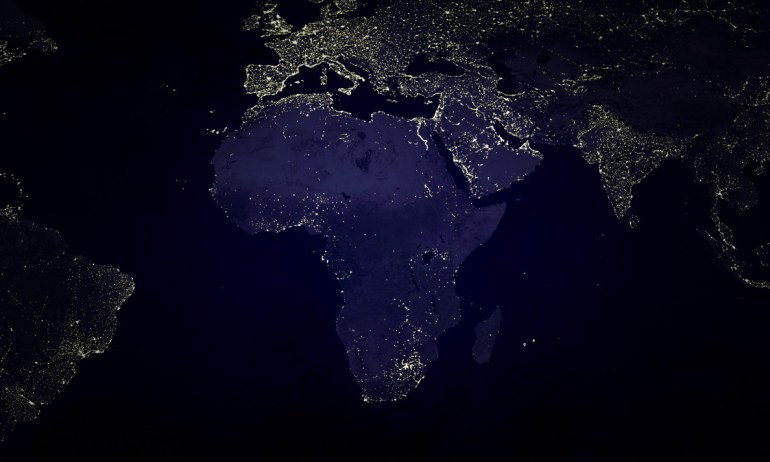
Photo gallery: How Indigenous natural technologies can help us adapt to climate change
From biodegradable islands to living root bridges, these designs — as researched and highlighted by Julia Watson — can help us build infrastructure that coexists harmoniously with the natural world.

Half the vaccines that are manufactured each year don’t make it to their destination, getting lost or damaged along the way between manufacturer and remote health clinics. That means that each year, 1.5 million children in the developing world die needlessly. Neuroscientist and TED Fellow Catharine Young explains a novel approach she thinks can fix the problems.

In March, the United Nations’ Intergovernmental Panel on Climate Change published a report on “Impacts, Adaptation and Vulnerability.” It was studded with dense, impenetrable charts, so we asked some of the report’s authors to help make their graphics meaningful for the people who are affected by climate change. You know — everyone.

We are familiar, perhaps too much so, with the adverse effects of climate change upon our natural environment. Most every day we learn of increased erosion, acidification, and some unfortunate kind of caterpillar that will not survive the impending endless summer. But that’s not even the half of it.


